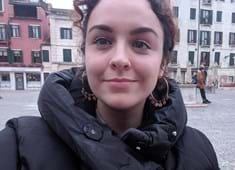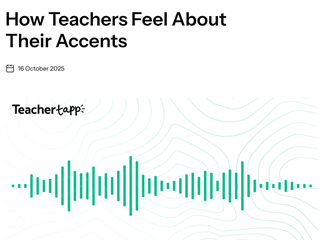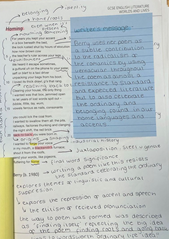The City of Liverpool College
James from The City of Liverpool College presented on low-stakes practicals with his Year 13 A Level Media group.
Theorist Film Posters
As a way of recapping theory and in light of the fact students would be starting work on a Film Marketing NEA brief within a few weeks, he asked students to mind-map different theories before choosing one they felt most confident about. After a very brief demonstration on Canva (a free online design platform) and a 5-minute play around, students were asked to create a film poster for a biopic for the theorist they had chosen. They had to include genre signifiers, a title, a slogan and a tagline as a way of ‘transforming’ the theorist’s ideas. They used images from Google and had 20 minutes for this task.
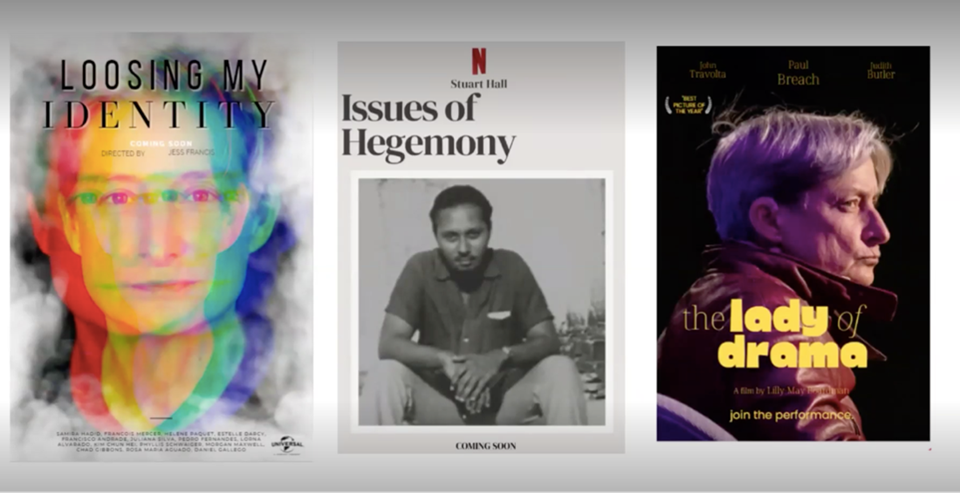
Memes
In another lesson, students needed to recap both The Bridge (set product for EDUQAS) and Henry Jenkins’ ideas about ‘Textual Poaching’. James asked students to create memes about The Bridge as a starter. This resulted in 10 minutes of prolific meme creation.
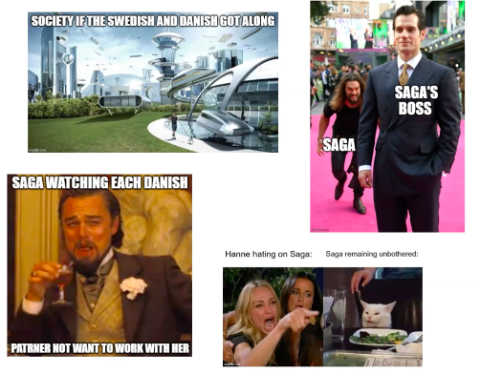
What happened
James reported back that students were very engaged and that doing tasks like these lessened students’ anxiety about the NEA. James collected written feedback from students a few weeks after doing the poster task to see if they remembered it. The consensus was that it had been a very engaging lesson. One student said,
What helped me most during that lesson was seeing how other students interpreted the task and the avenues they went down with their creativity – I felt inspired by them.
Parkstone Grammar
Jenny from Parkstone Grammar presented ideas she used with her A Level Media class.
Like-for-like shots
In response to finding that students seemed to not pay very much attention to the finer details of the NEA brief and also as a way of getting students to think about how they would show codes and conventions in their own production work, Jenny tasked students with finding a music video of their choice and then replicating the first 30 seconds of it. Her students chose East-17's ‘Stay Another Day’ and Michael Jackson’s ‘Smooth Criminal’. An important part of the process was peer-evaluations where they screened the work side by side with the original and students were able to give peer-feedback about whether the codes and conventions had been successfully replicated and whether the brief had been met.
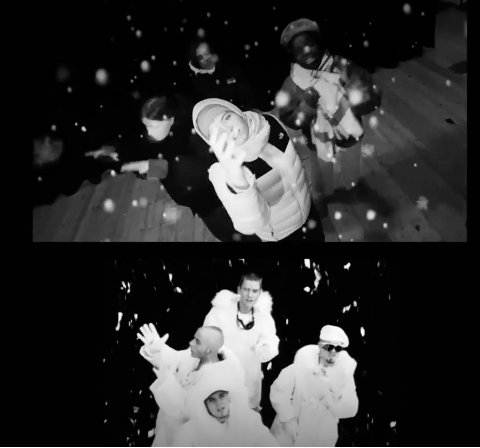
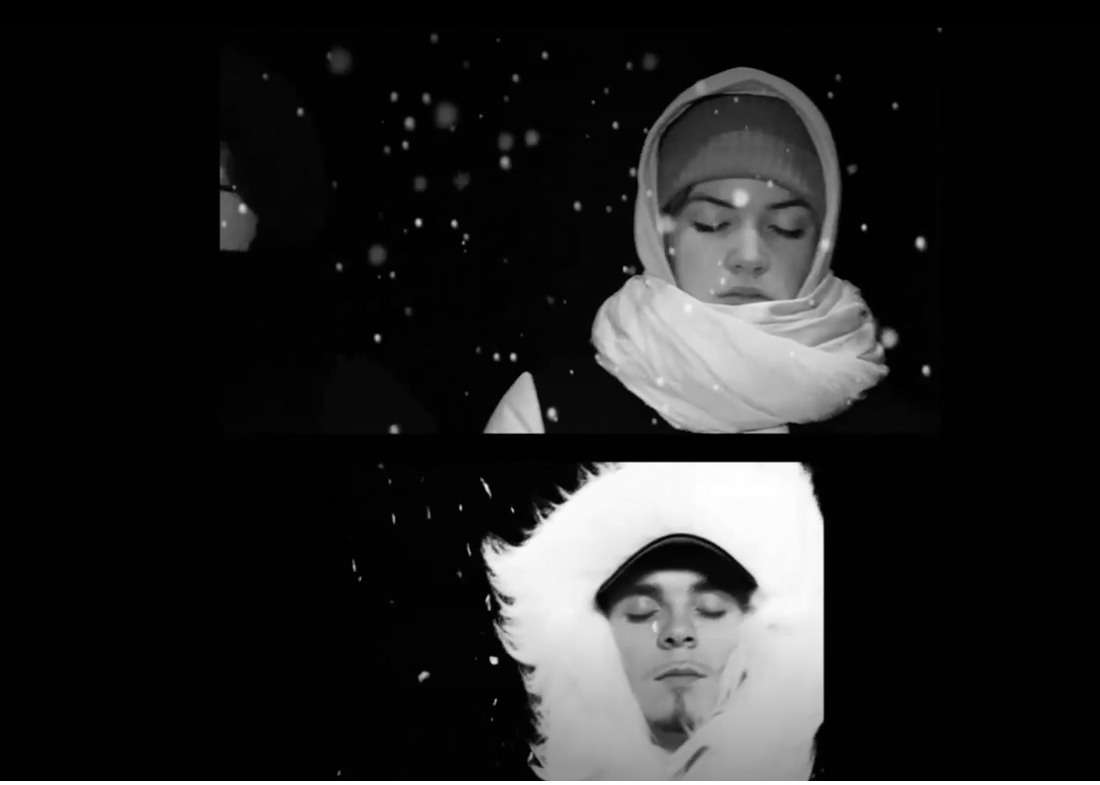
What happened
Jenny said they had to be creative about getting those tracking shots and about representation using costume. Students fed back that they really enjoyed doing it and that it helped them understand the theoretical side of the course.
British School Al-Khubairat
Waheeda from the British School Al-Khubairat shared a wide range of ideas she has used with her students on her AQA A Level Media course to revise camera angles, revise Todorov and learn the codes and conventions of gossip magazines, print adverts and audio-visual adverts.
Explainer videos
In order to consolidate her students’ understanding of different camera shots and camerawork, Waheeda asked them create explainer video of the shots and their effects/ using a toy as the subject.
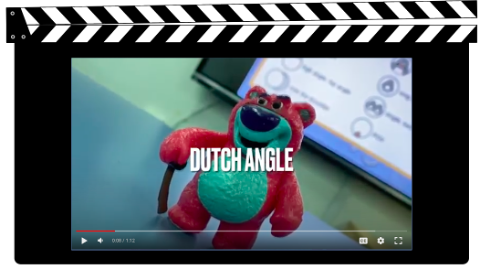
What happened
Students fed back that this was a very helpful task for consolidating their understanding of these shots and their uses. One student said,
It helped me understand how camera angles can convey different things and add certain aesthetics. This helped me to understand the different camera shots and how they are used.
Waheeda explained that she has done lots of different low stakes practicals with her class this year. As a result, she noticed students were much more excited about starting the NEA. Last year, students chose briefs they judged it to be the easiest rather than the most ‘inspiring’. This year, students are making more informed choices.
Goldsmiths
Emlyn, who is currently finishing his PGCE at Goldsmiths, presented on how he used a low-stakes practical task with his A Level Media class at Graveney School.
A theme in 2 shots
After watching the Superhuman advert (EDUQAS), Emlyn asked students to identify key themes, for example; resilience, determination, discipline etc. They were then tasked with storyboarding and filming just two shots on their phones to represent one of these themes. Emlyn then dropped the students’ work into the original set product for the class to watch and evaluate.
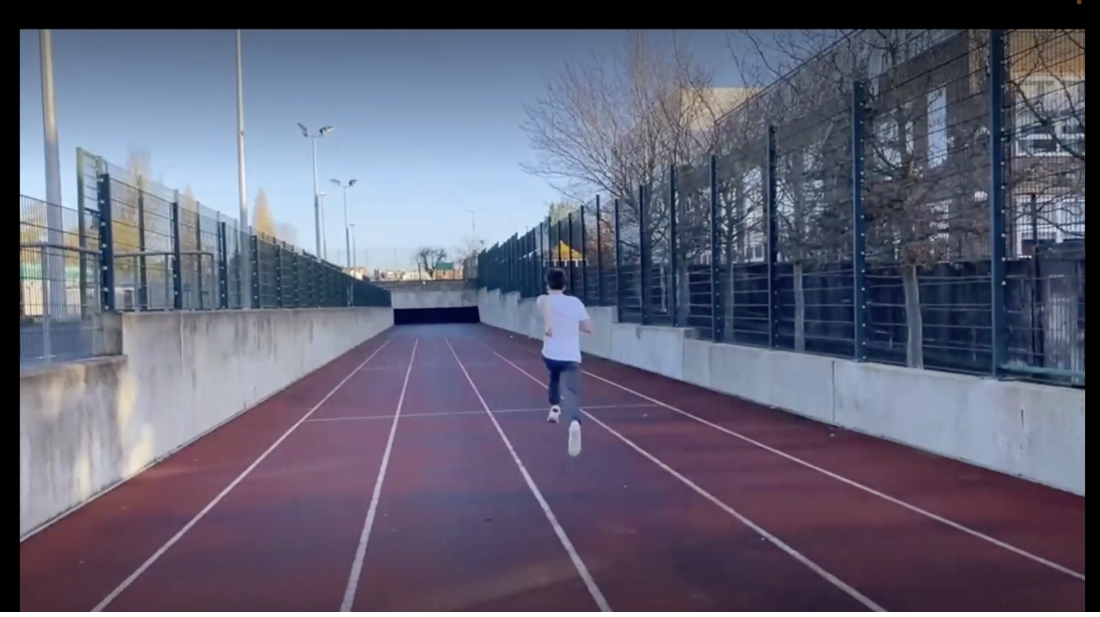
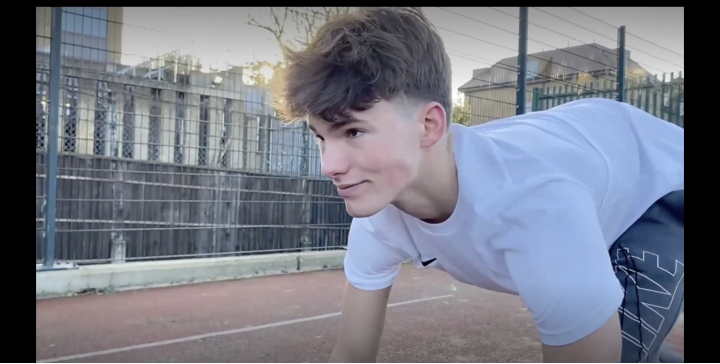
What happened
Emlyn said this was a quick and easy task. Students were enthralled to see themselves in their set text and that it was empowering for them to take ownership of the text and explore it in a new way.
Chace Community School
Charbel from Chace Community School presented ideas he used with his A Level Media class.
Mini briefs
When students didn’t see the significance of the use of costume in a scene in Peaky Blinders (EDUQAS), Charbel created a task where student had to take a photograph of each of the following; 1) rebellious teen, 2) an anti-hero, 3) a patriarchal figure, 4) a matriarchal figure, 5) non-violent tension between two characters. They then presented their work back to the class and other students had to identify what the brief for each image was and analyse how they had used media language to construct a character.
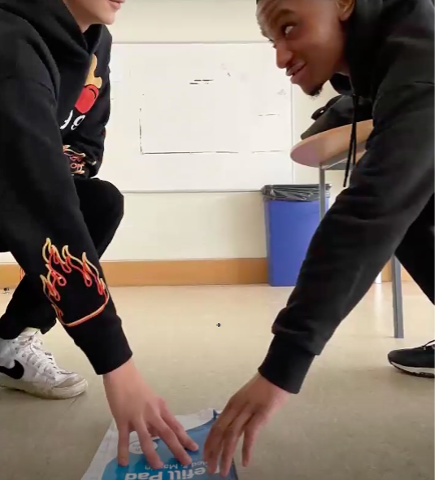
What happened
Charbel said students had their phones and nothing else (no editing software), so they had to think very carefully about framing. After doing this task, Charbel said he definitely noticed a difference in terms of their response to analysing a text.
Doha College
Sarah from Doha College presented a range of low-stakes practical activities including an activity she used in a Year 9 English lessons to get students interested in taking Media at KS4.
Photo story
After reading ‘Futility’ by Wilfred Owen, students were asked to choose some key moments from the poem and, in the role of ‘war photographers’, go out and take some photographs of these scenes to create a photo story. They were prompted to think about shot types and framing by focusing on the language in the poem and in their discussions afterwards, they were asked how they could caption their images if they were putting them in a Sunday newspaper or a magazine. They then reflected on what it might be like to be a war photographer before then studying the poem ‘War Photographer’ by Carol Ann Duffy in the following lesson.
What happened
Sarah reflected that students were very engaged, and that fast progress was made in these sorts of lessons; for example, students went from knowing nothing about photography or lighting to producing something that could actually be used for a more high-stakes project.
Conclusions
To sum up, teachers noticed that:
-
Students were more engaged in Media lesson during and after low-stakes practical activities were used in lessons.
-
Low-stakes practical activities were student-led, engaging, high-participation lessons.
-
Low-stakes practicals can be quick and easy to bring in.
-
Low-stakes practicals help students to build their confidence ahead of the NEA.
-
Low-stakes practicals help students to see the relationship between their intent and the result through peer-feedback and evaluations.
-
Low-stakes practicals were used to bridge the gap between theoretical perspectives and the students’ own production work.
-
When doing low-stakes practical activities, students made fast progress when learning new production skills.
-
Some students showed they could write better about how media language has been used to create meaning in their own work which could be a way of building confidence for when they write about set products or unseen resources.
-
Low-stakes practicals are a good way of getting students to explore meaning in their set texts.
In order to see the more long-term benefit, teachers who attended this session will be reconvening in Summer 2 to reflect on how these strategies have impacted students’ attitude towards their NEA. If you would like to get involved in this research project by trialling some of these approaches and feeding back to us, please send email [email protected].
Low-stakes media practicals (EMC CPD Online, November 22, 2022)

